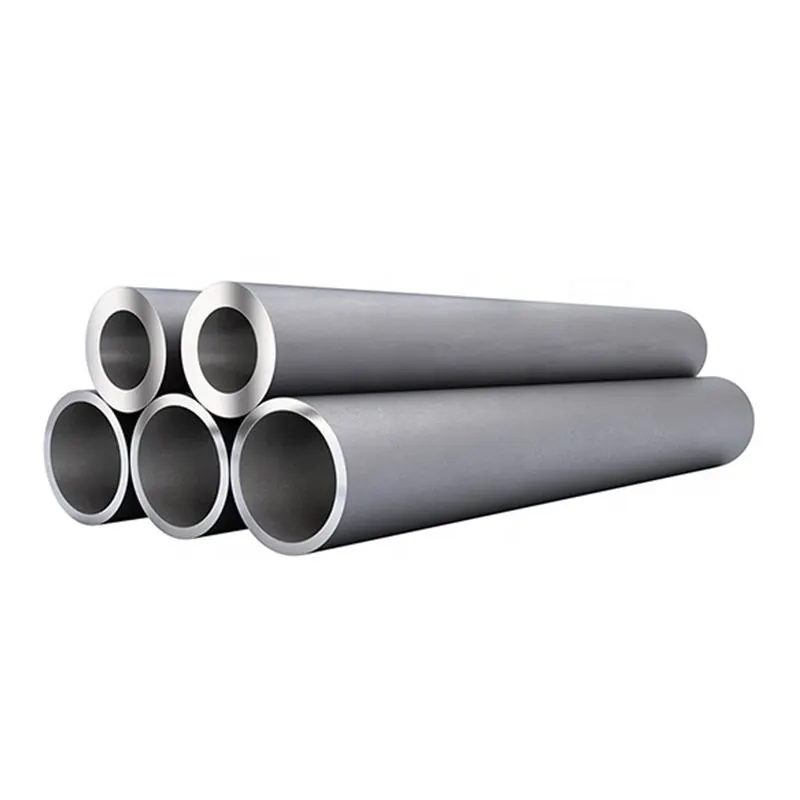Austenitic Stainless Steel Pipe: The Unsung Hero of Modern Engineering
2024-10-17
In the world of materials science, few materials stand out as prominently as austenitic stainless steel. Known for its versatility and durability, austenitic stainless steel is widely used in various applications, particularly in piping systems. This blog will explore what austenitic stainless steel pipes are, their unique properties, applications, and advantages, as well as considerations for selecting the right piping material.
What is Austenitic Stainless Steel?
Austenitic stainless steel is a type of stainless steel characterized by its high chromium and nickel content. This combination of elements allows it to maintain a face-centered cubic (FCC) structure, which is crucial for its remarkable properties. Austenitic stainless steels are typically non-magnetic and offer excellent corrosion resistance, making them suitable for a wide range of applications.
Common grades of austenitic stainless steel include 304 and 316, which are the most widely used in piping systems due to their excellent mechanical properties and resistance to corrosion.
Key Properties of Austenitic Stainless Steel Pipes
1. Corrosion Resistance:
- Austenitic stainless steel pipes are highly resistant to corrosion and oxidation, making them suitable for use in harsh environments, including those exposed to moisture, chemicals, and high temperatures.
2. High Strength and Durability:
- These pipes possess excellent tensile strength, which allows them to withstand high pressure and extreme temperatures. This durability is crucial for applications in industries like oil and gas, petrochemical, and power generation.
3. Formability and Weldability:
- Austenitic stainless steel can be easily formed into various shapes and sizes, making it ideal for custom piping solutions. Its excellent weldability allows for strong and reliable joints, enhancing the overall integrity of piping systems.
4. Temperature Resistance:
- Austenitic stainless steel pipes can maintain their mechanical properties at elevated temperatures, making them suitable for applications that involve high thermal stress.
5. Non-Magnetic Properties:
- Unlike other stainless steel grades, austenitic stainless steel is generally non-magnetic, which can be advantageous in certain applications where magnetic interference could pose problems.
Applications of Austenitic Stainless Steel Pipes
1. Chemical Processing:
- Austenitic stainless steel pipes are commonly used in the chemical processing industry for transporting corrosive substances due to their superior resistance to chemicals.
2. Food and Beverage Industry:
- In the food and beverage sector, these pipes are used for sanitary applications, including dairy processing and brewing, where hygiene and corrosion resistance are paramount.
3. Oil and Gas Industry:
- Austenitic stainless steel pipes are essential for oil and gas transportation, particularly in offshore and high-pressure applications where resistance to corrosion and durability are critical.
4. Pharmaceuticals:
- The pharmaceutical industry relies on austenitic stainless steel pipes for the transportation of sterile fluids, as they can be easily cleaned and sterilized.
5. Power Generation:
- These pipes are used in various power generation applications, including heat exchangers, boilers, and nuclear reactors, where high temperatures and pressures are common.
Advantages of Austenitic Stainless Steel Pipes
1. Longevity:
- The corrosion-resistant properties of austenitic stainless steel ensure a longer lifespan for piping systems, reducing the need for frequent replacements.
2. Low Maintenance Costs:
- The durability and resistance to corrosion translate into lower maintenance requirements, resulting in cost savings over the long term.
3. Versatility:
- The various grades of austenitic stainless steel allow for customization to meet specific application needs, making them suitable for a wide range of industries.
4. Safety:
- Austenitic stainless steel pipes are often used in critical applications where failure is not an option, providing peace of mind in terms of safety and reliability.
Considerations for Selecting Austenitic Stainless Steel Pipes
1. Grade Selection:
- Choosing the appropriate grade (e.g., 304 vs. 316) depends on the specific application and environmental conditions. For instance, Grade 316 is often preferred for marine applications due to its superior corrosion resistance.
2. Pipe Size and Thickness:
- The size and wall thickness of the pipe should be selected based on the pressure and temperature requirements of the application to ensure optimal performance.
3. Standards and Certifications:
- Ensure that the pipes meet relevant industry standards and certifications, which can be crucial for regulatory compliance in certain applications.
Conclusion
Austenitic stainless steel pipes are indispensable in various industries, offering exceptional strength, corrosion resistance, and versatility. As modern engineering continues to advance, the demand for reliable and durable piping solutions will only grow, making austenitic stainless steel an ideal choice for future projects.
Whether in the chemical, food and beverage, oil and gas, or power generation sectors, understanding the properties and applications of austenitic stainless steel pipes can lead to more efficient and sustainable engineering solutions. Embracing these materials will ensure that industries can meet the demands of today and tomorrow while prioritizing safety and performance.



